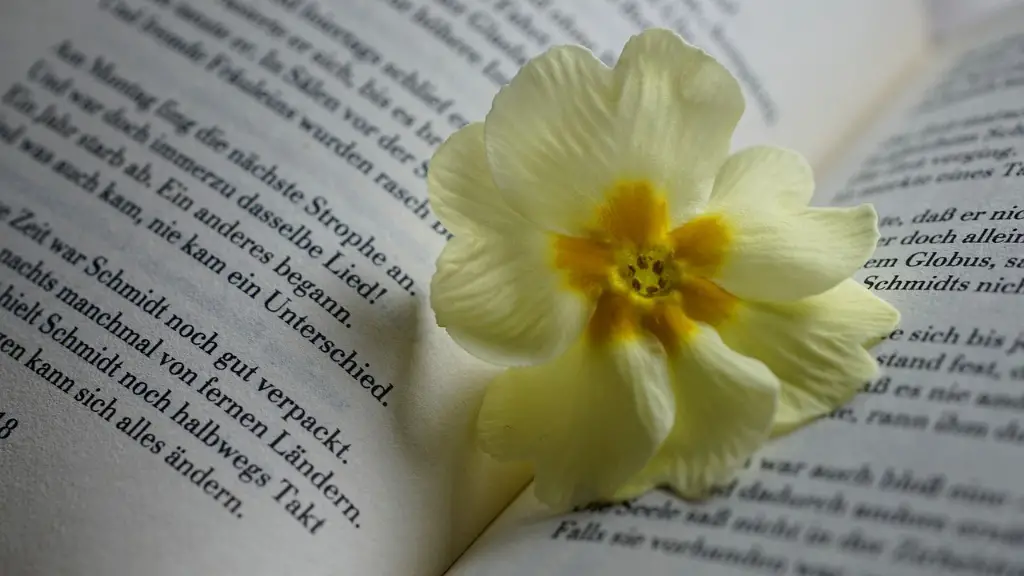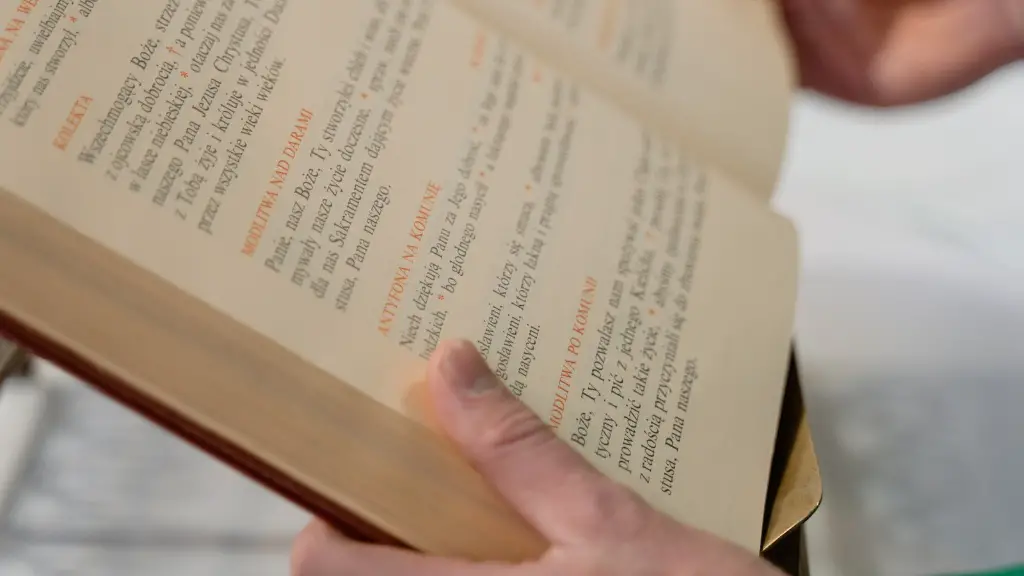Brainstorming
Writing a poetry analysis is a complex and insightful endeavour that involves delving into a poem and understanding its many nuances. To do this successfully, its essential to take the time to read and re-read the poem, noting down key points and taking notes as you go. The first step is to brainstorm your ideas and to apply your understanding of the poem.
When brainstorming, try breaking the poem up into its separate elements such as theme, structure, form, and imagery. Evaluate each of these elements, noting the emphasis of each one, the subtle changes in tone, and how they come together to create the poem or to enhance its meaning. Make a list of the various aspects of the poem you want to discuss in your analysis.
Research
The next step is to research your poem in depth. Start with a brief history of the poem and its author. Note any significant events in the author’s life that might have informed the poem’s creation. Look for any references to specific ideas, subjects, or other texts in the poem that you want to explore. Learn about the literary genre and its conventions, the language and how it is used. Identify any literary devices used by the poet and the effects of that use.
Visit websites related to the poem such as discussion forums and scholarly research papers on the same. Read other critics’ opinions on the poem and how these differ from yours. Check for any previous analyses published by other scholars and compare their results with your own. This can help you make sure that you are carrying out the analysis in a way that comes closest to what the author had intended.
Organize your Ideas
Once you have gathered the information you need, it’s time to organize your ideas into some kind of structure. Start with the title of your poetry analysis and the poem’s title. Then create an outline of your analysis, mapping out your various points and providing headings and subheadings to break up your text. Consider the form of your work. It is a good idea to start with your introduction, introducing the poem and its author, followed by the body of your analysis, your conclusion, and finally a list of bibliographical sources you consulted during your research. This structure will help you logistically organize your ideas so you can write the essay in a clear and coherent way.
Writing
Now you can start the process of actually writing the analysis. Begin with your introduction, introducing the poem and providing a brief explanation of why you are writing about it. Use a conversational and informative tone. Use active language and descriptive rhetoric when possible, and be concise in your word choices. Reiterate the main points you plan to make to give your readers a roadmap.
Write the body of the essay by presenting your various points, and adding in your own insight and analysis of the poem. Make sure to provide support for all your arguments and cite your sources, using in-text citations and footnotes. Give your readers a new perspective on the poem by using vivid descriptions and engaging parallels.
Proofreading and Editing
The last thing you need to do is to proofread and edit your piece. Read your poem analysis out loud and ask yourself if it makes sense. Check your grammar and punctuation, as well as spelling and vocabulary. Try to delete any unnecessary words and make sure the essay flows from one point to the next.
Once you’ve read and re-read your essay, you can then submit it for others to read. Remember, a poetry analysis requires a keen eye and articulate prose, so make sure you give adequate attention to each step of the process.
Interpretative Reading
In order to properly analyse a poem, it is important to take an interpretative approach. Begin by breaking the poem into parts, making a list of each line or stanza and the words, phrases, images and symbols featured throughout.
Look for any wordplay, puns, irony, or satire that lend the poem a deeper meaning. Focus on the diction and syntax to uncover the poem’s underlying message. Is the poet making use of figurative language such as metaphors and similes to create further complexity? Evaluate how themes and motifs express the poem’s main idea. Identify any rhyming scheme or other unique techniques used by the poet to enhance and developing their ideas.
Comparative Reading
Comparative reading involves looking for similarities and differences between two or more poems. Analyse how certain elements of one poem, such as language, imagery or structure, relate or contrast to those of another. Consider how this comparison reveals further meaning in the poetry and how it affects the overall impact of the poem.
This can be done in two ways. The first is to look at how the authors have treated a similar theme, tone or subject matter in different ways. The second is to compare the same poem written by two separate authors or written in different contexts. This way of reading often sheds light on how the interpretation and analysing of the poem can vary depending on the reader’s perspective.
Thematic Reading
Thematic reading requires an evaluation of the poem’s subject matter. It is important to identify the main themes, issues and characters featured in the poem, as well as their relevance to the overall message. Pay attention to the poet’s use of language and its meaning, how it is used to express their thoughts and their purpose. Consider any religious or cultural references, since this will give an added layer of meaning to the poem. Analyse how these themes are developed throughout the poem and what the poet is trying to convey to the reader.
Analytical Reading
Analytical reading is a very important part of the writing process. It involves closely examining the form, structure and language of the poem as well as taking a closer look at its content. Assess the title, form, rhyme and meter, noting any patterns or inconsistencies that contribute to the poem’s meaning. Pay attention to the poem’s sound and imagery, noting the messages and ideas they convey. Evaluate the use of symbolism and think about which elements are most important or influential to the poem’s overall meaning. Make connections between various aspects of the poem, drawing conclusions on what the author is trying to communicate.


